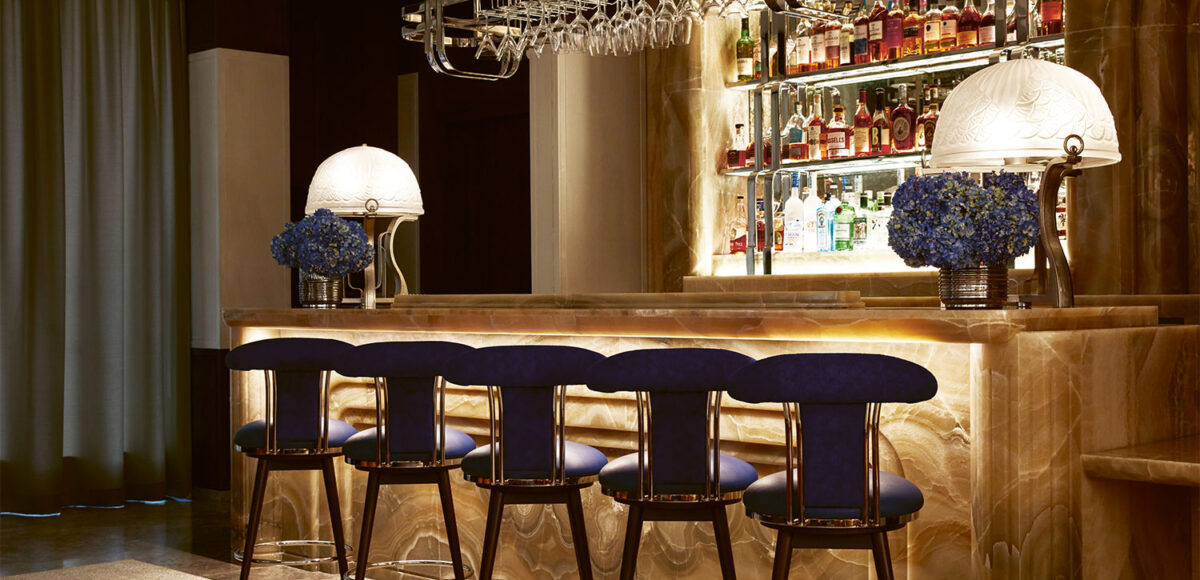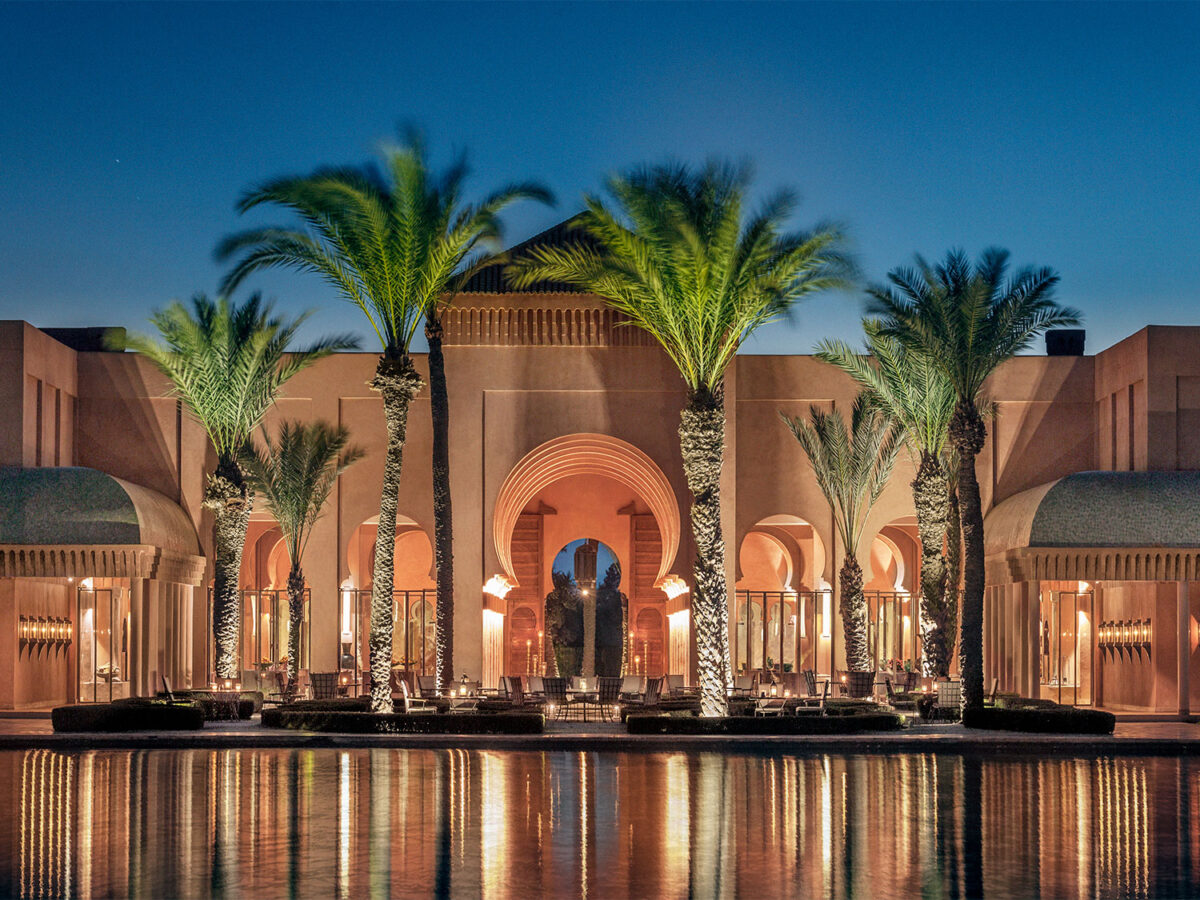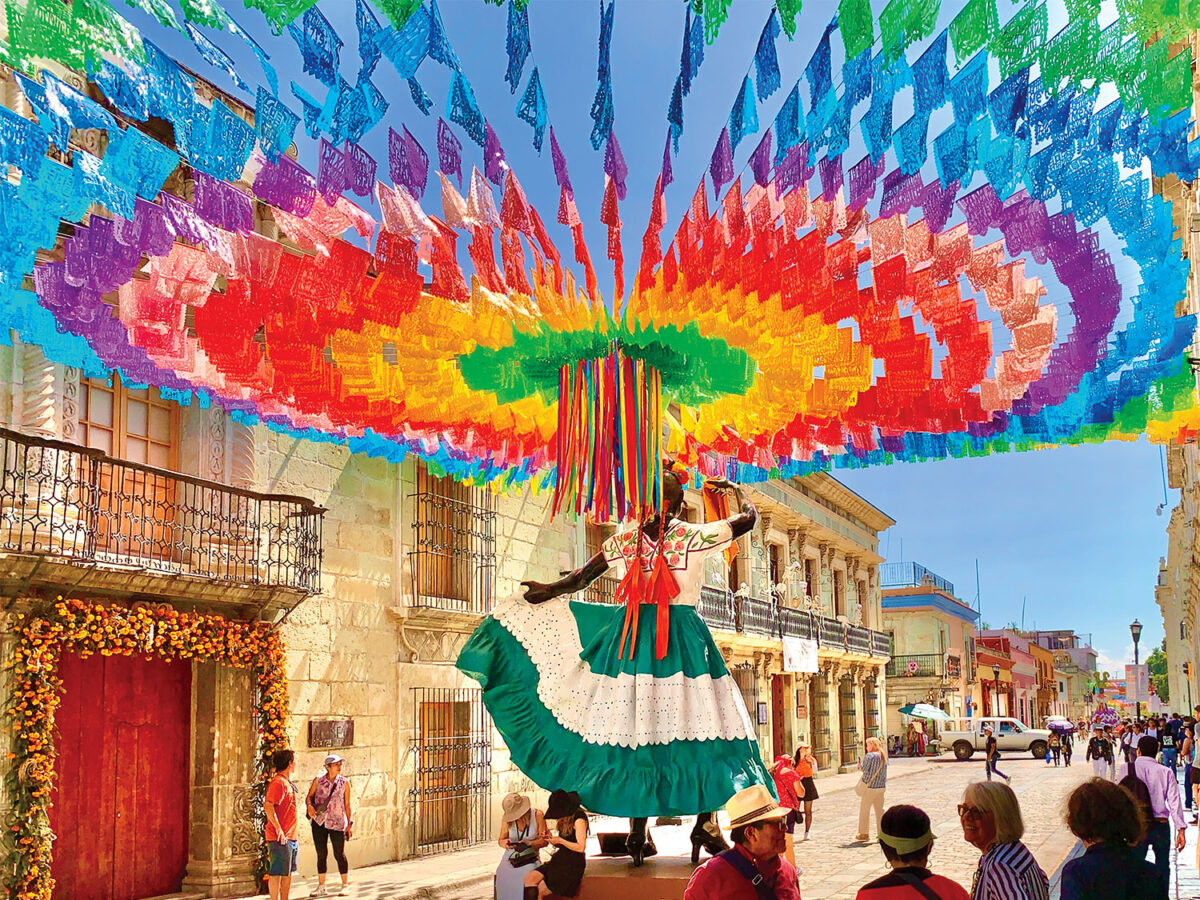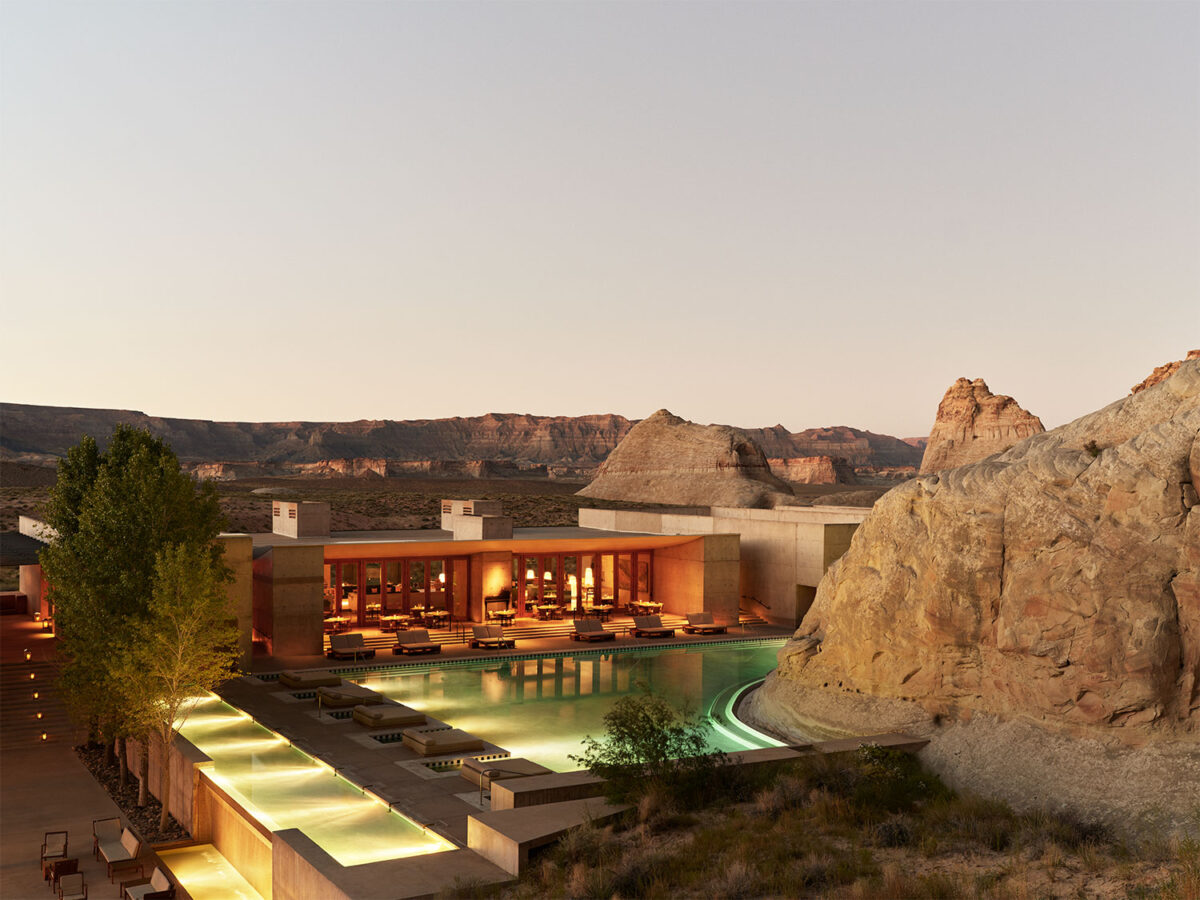From Beverly Hills to Belgravia, hotel bars are once again setting the standard for luxury.
It was 11 p.m. on a Friday last November. We’d driven from the Crypto.com Arena, having watched the Lakers succumb to the Minnesota Timberwolves. The ride was helped by it being undertaken in a super-smart, matte-black Aston Martin Lagonda, but it had been a long, old schlep all the same.
What we needed was fortification, possibly in the form of a cocktail or two. Luckily for my restaurateur friend Oliver Peyton and myself, we had arrived back at our hotel, The Maybourne Beverly Hills, and so the night was looking up. The hotel was bought by Maybourne in 2020 and since then, has been utterly and rather wonderfully transformed.
You could tell this immediately from The Maybourne Bar, elegantly designed by André Fu, because it was packed. Not in an annoying, why-is-there-nowhere-to-sit kind of way, but in an appealing, who-are-all-these-lovely-people kind of way.
The hotel bar is well and truly back. In fact, it’s backer than Burt Bacharach and his backing band wearing backpacks. The last time the grand hotel bar was in such demand was in the late 1980s. The cognoscenti of London, New York and L.A. ran out of patience with cocktail bars, ran out of patience with nightclubs and restaurants, and wanted somewhere cooler to convene.
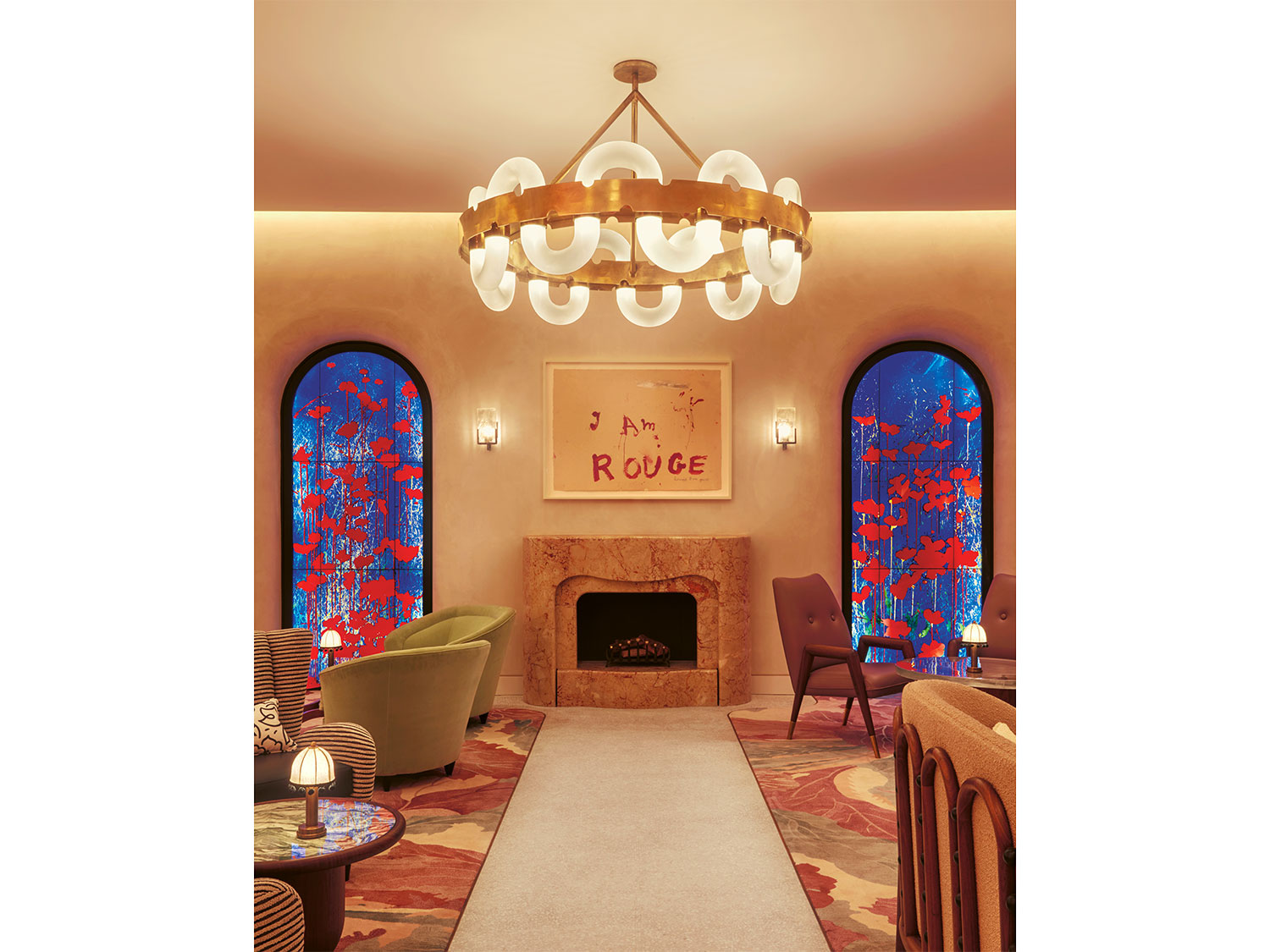
And so, they started going to smart hotel bars, on the Upper East Side of New York, in London’s Mayfair and in Beverly Hills. And now it’s happening again: these bars are setting a new standard. The best have always offered a safe haven from the world outside, and over the years have become a sophisticated womb in which to sip Champagne or cocktails with impunity.
But drinking culture has morphed into something far more egalitarian. It’s no longer a novelty to be able to find a perfectly mixed Ramos Gin Fizz. That means hotel bars have had to up their game, finding yet another gear. London is leading the way, as any traveler can tell if they visit the Blue Bar at The Berkeley, The Fumoir at Claridge’s or the Connaught Bar, the latter recently named the World’s Best Bar for a second year running.
Particularly interesting are The Painter’s Room, a beautiful Art Deco creation (there is a lot of pale pink onyx) on the ground floor of Claridge’s, and the Red Room at The Connaught, both designed by Bryan O’Sullivan. The latter is a secret hideaway, accessible only through a velvet-curtained doorway from the hotel’s Champagne Room.
Both bars are arresting, in part because both have art in their DNA. In The Painter’s Room is an impressive mural and a stained-glass window by Annie Morris. In Red Room are works by more visionary women: Louise Bourgeois, Tia-Thuy Nguyen, Trina McKillen and Jenny Holzer.
In The Painter’s Room you’ll be treated to a new generation of groundbreaking cocktails, or you can stick to a selection of well-executed classics. Red Room, in contrast, focuses on rare vintages and first growths, available by the glass, and a capsule collection of six cocktails.
As the world continues to grow and change, there is a joy in the few things that stay the same. Much as we may crave change, exploring new kinds of living, some things never alter. One of them is the desire to drink cocktails in extraordinary places.



